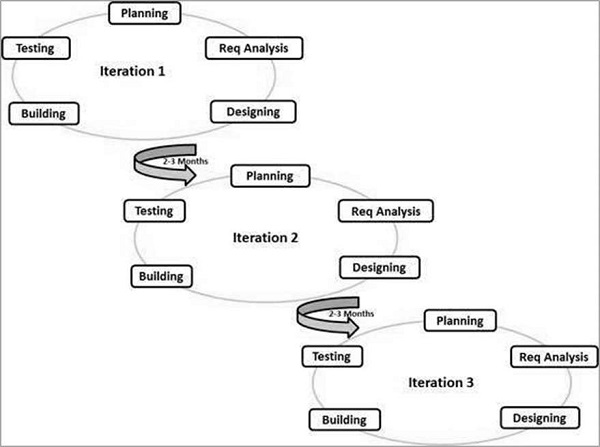Agile model believes that every project needs to be handled differently and the existing methods need to be tailored to best suit the project requirements. In agile the tasks are divided to time boxes (small time frames) to deliver specific features for a release.
Iterative approach is taken and working software build is delivered after each iteration. Each build is incremental in terms of features; the final build holds all the features required by the customer.

Agile thought process had started early in the software development and started becoming popular with time due to its flexibility and adaptability.
The most popular agile methods include Rational Unified Process (1994), Scrum (1995), Crystal Clear, Extreme Programming (1996), Adaptive Software Development, Feature Driven Development, and Dynamic Systems Development Method (DSDM) (1995). These are now collectively referred to as agile methodologies, after the Agile Manifesto was published in 2001.
Following are the Agile Manifesto principles
- Individuals and interactions - in agile development, self-organization and motivation are important, as are interactions like co-location and pair programming.
- Working software - Demo working software is considered the best means of communication with the customer to understand their requirement, instead of just depending on documentation.
- Customer collaboration - As the requirements cannot be gathered completely in the beginning of the project due to various factors, continuous customer interaction is very important to get proper product requirements.
- Responding to change - agile development is focused on quick responses to change and continuous development.
 04:47
04:47
 zubaer khan
zubaer khan




0 comments :
Post a Comment